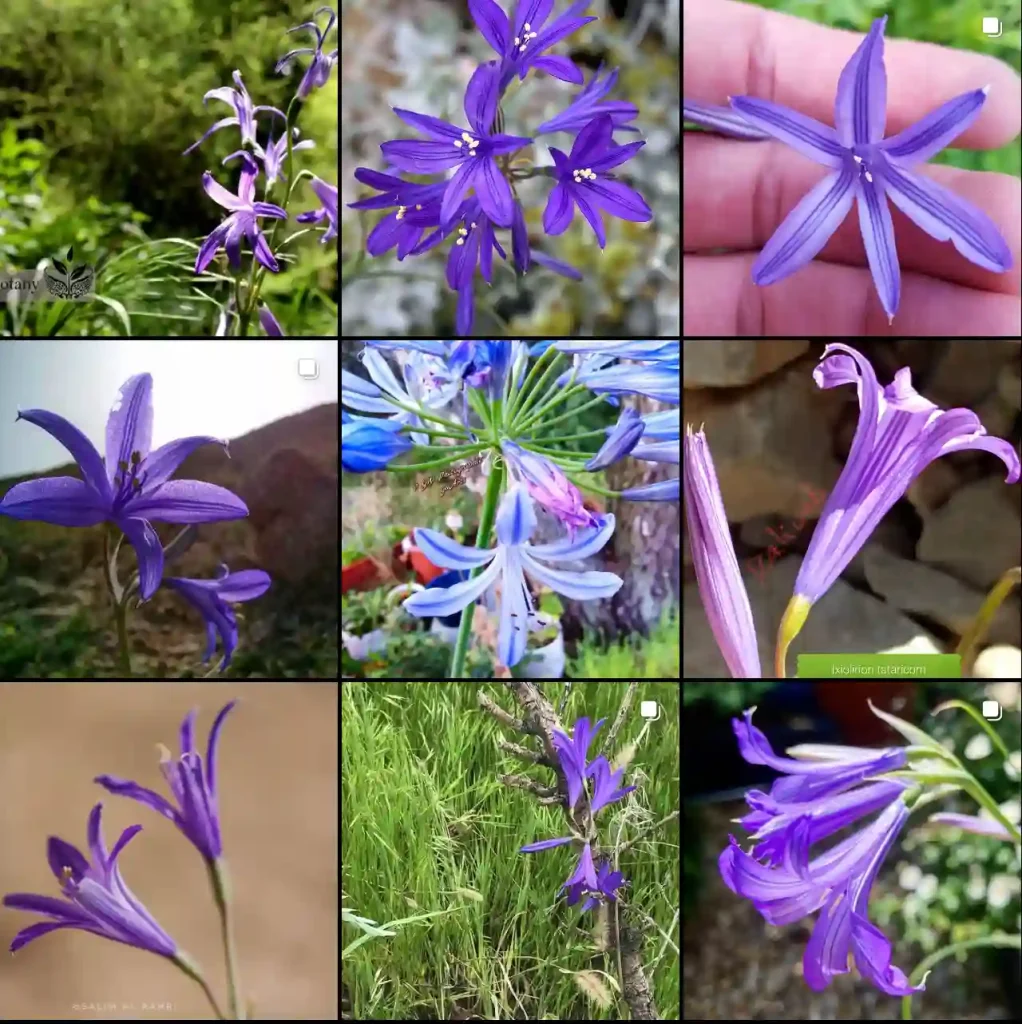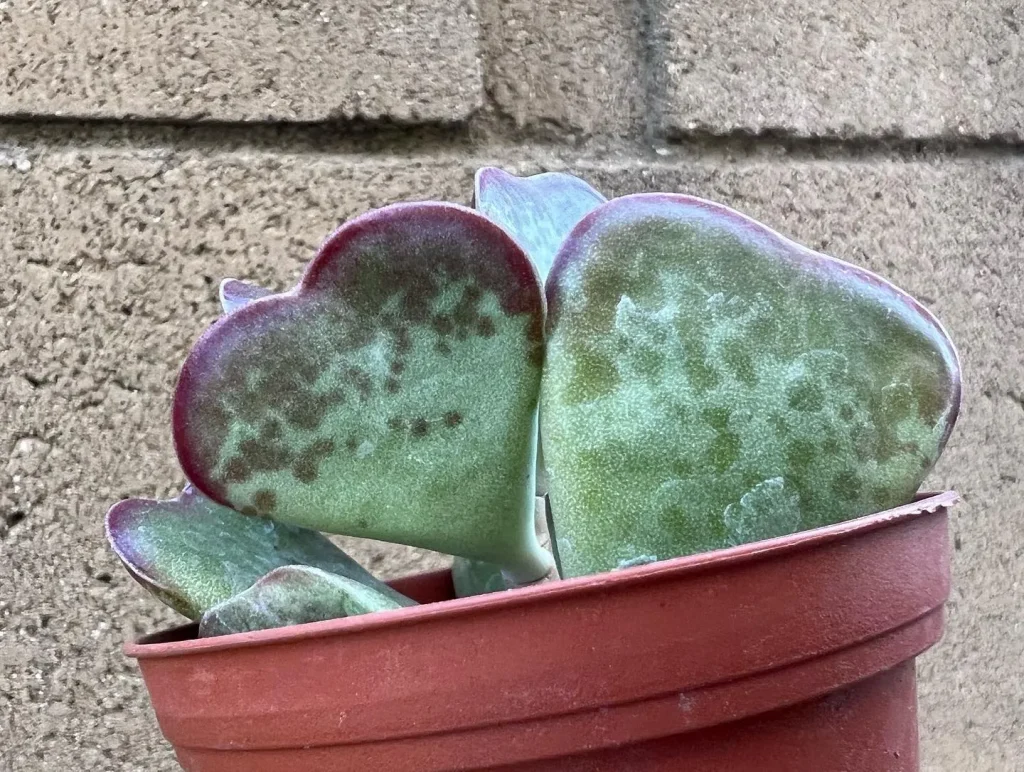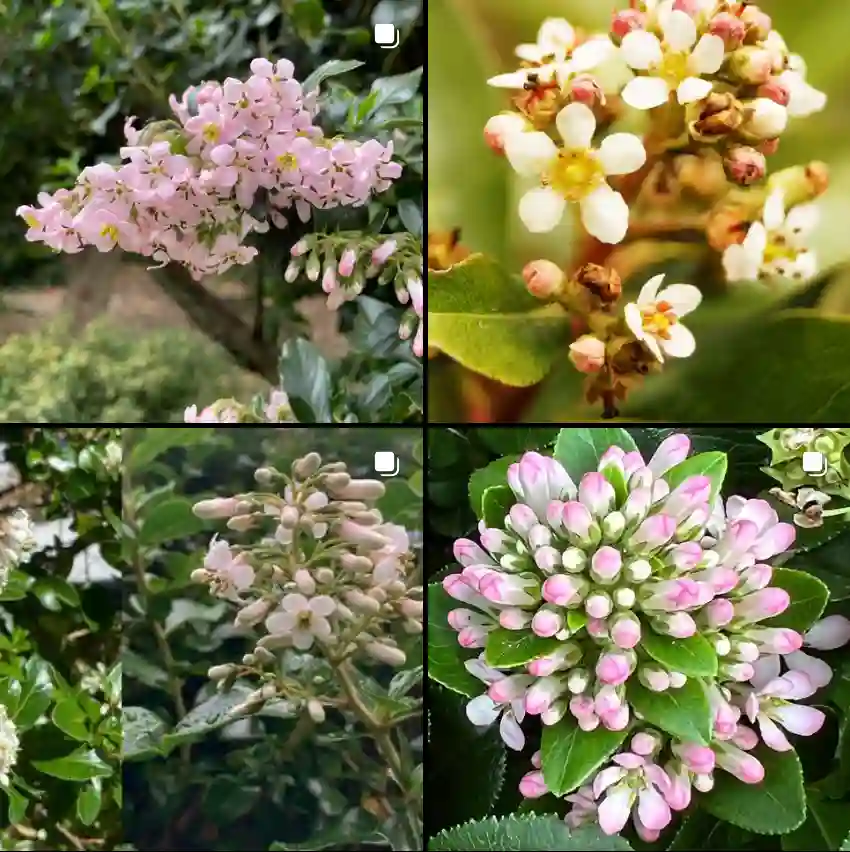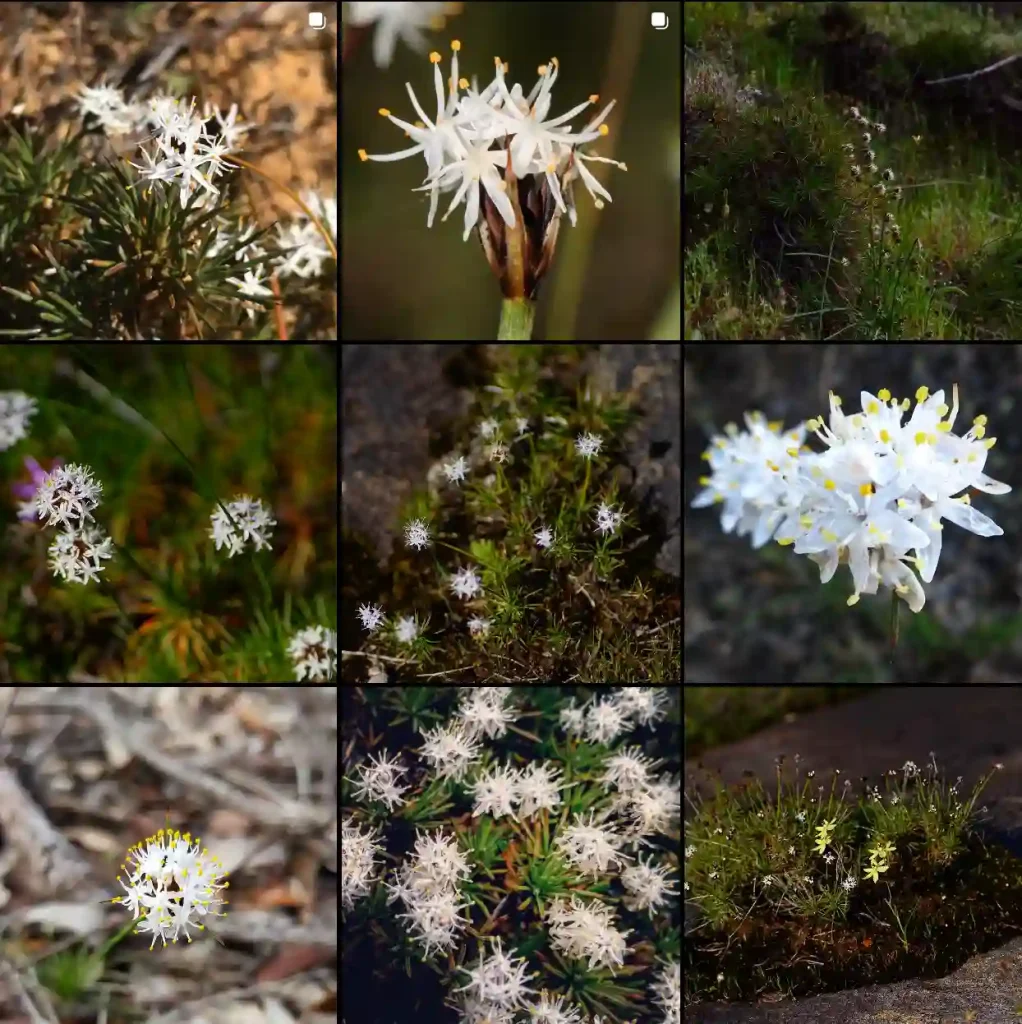A Thorny Affair: My Fascination with Pyracantha
I, Ferb Vu, have always been drawn to the vibrant and resilient. Perhaps that’s why I find myself so captivated by the genus Pyracantha, commonly known as firethorn, belong to the family Rosaceae. These evergreen shrubs, with their fiery berries and thorny branches, possess a captivating duality – a beautiful ferocity that speaks to the wildness within nature.
My first encounter with Pyracantha was purely accidental. While exploring a local park, a flash of crimson caught my eye. Nestled amongst the muted greens and browns of late autumn, a firethorn bush blazed with an abundance of scarlet berries. The sight was so striking, so unexpected, that I was instantly enchanted. I reached out to touch the berries, their smooth skin cool against my fingertips, and that’s when I discovered the other defining characteristic of Pyracantha – its thorns. Sharp and unforgiving, they guarded the beauty of the berries with a jealous intensity.
That first encounter sparked a curiosity that has only grown over time. I’ve spent countless hours studying these fascinating plants, learning about their diverse species, their unique characteristics, and their ecological significance.
A Diverse Family Tree
The genus Pyracantha encompasses seven distinct species, each with its own unique charm:
- Pyracantha angustifolia: Native to western China, this species boasts narrow leaves and orange-red berries.
- Pyracantha coccinea: Perhaps the most well-known species, the scarlet firethorn hails from southeastern Europe and features vibrant red berries.
- Pyracantha crenulata: The Nepalese firethorn, with its white flowers and red berries, adds a touch of the Himalayas to the genus.
- Pyracantha koidzumii: This Taiwanese species is distinguished by its smaller leaves and bright red fruit.
- Pyracantha densiflora: Commonly known as the dense firethorn, this shrub features thick, spiny branches and clusters of white flowers that bloom in spring, followed by bright red berries in fall, making it a popular choice for hedges and wildlife gardens.
- Pyracantha inermis: Also known as the thornless firethorn, this species is characterized by its lack of thorns, glossy green leaves, and vibrant orange to red berries that attract birds, making it an appealing option for ornamental landscaping.
Each of these species plays a vital role in its respective ecosystem, providing food and shelter for a variety of birds and insects. The dense, thorny branches create safe nesting sites, while the berries offer a crucial source of sustenance, especially during the lean winter months.
More Than Just a Pretty Face
Beyond their ecological importance, Pyracantha species have also found their place in human society. Their ornamental value is undeniable. The vibrant berries, which persist throughout autumn and winter, provide a much-needed splash of color in an otherwise dormant landscape. This has made them a popular choice for gardens and landscaping, where they can be trained to climb walls, fences, and trellises, creating stunning visual displays.
But the usefulness of Pyracantha extends beyond mere aesthetics. In traditional medicine, various parts of the plant have been used to treat a range of ailments, from inflammation to digestive issues. The berries, though tart, can be made into jams and jellies, adding a unique flavor to culinary creations.
A Symbol of Resilience
For me, Pyracantha represents more than just a beautiful or useful plant. It embodies the spirit of resilience, the ability to thrive even in challenging conditions. These shrubs are incredibly hardy, capable of withstanding drought, poor soil, and even urban pollution. They stand as a testament to the enduring power of nature, a reminder that beauty and strength can coexist, even in the face of adversity.
As I continue to explore the world of Pyracantha, I am constantly reminded of the intricate connections that exist within the natural world. These seemingly simple shrubs play a vital role in their ecosystems, supporting a web of life that extends far beyond their thorny branches. They are a testament to the beauty and complexity of the natural world, a world that I am privileged to explore and understand.
If i die, water my plants!



